The number Π is 3.14. In Greek the rule of Π is "Μήκος περιφέρειας κύκλου" divided by "Διάμετρος"
Those 2 values give us respectively 2294 for the first and 730 for the second.
If we follow the rule and divide it the number that comes up is: 3.1424657534............ and it goes on and on.
A confirmation from a greek forum:
| Quote: |
The phrase ΜΗΚΟΣ ΠΕΡΙΦΕΡΕΙΑΣ ΚΥΚΛΟΥ means "length of the circle's circuit" has a lexarithm of 2294. The word ΔΙΑΜΕΤΡΟΣ means diameter and has a lexarithm of 730. 2294/730 gives a quotient of 3.1424657534 which is the π in the circle!!!! ΜΟΝΑΣ (one point) has a lexarithm of 361. If you make a sum of the digits sequentially (361 -> 3+6+1=10 -> 1+0 =1) you take the number 1 as you can see! The same happens with ΕΝ (one) which has a lexarithm of 55. If you do the same with ΔΥΑΣ (605) and ΤΡΕΙΣ (615) - you take 2 and 3 in correspondence!! ΕΛΛΗΝ (Hellen, the genarch of the Greeks) has a lexarithm of 123! The same with what mentioned above happens with ALL the letters of the Hellenic language. For example Α+Λ+Φ+Α = 1+30+500+1 = 532 -> 5+3+2=10 ->1+0= 1. So the sequential sum of the lexarithm digits of the full name of a letter, give the number the letter corresponds to!!!! This happens with all the letters!!! Personally I checked it only with A though, using the programme I posted before. The worlds ΑΝΘΡΩΠΟΣ (human) and ΦΥΣΙΣ (nature) have the same lexarithm which is 1310! The world ΤΙΝΑ has a lexarithm of 361 and the world ΑΝΤΙ has the same lexarithm, and it's natural as they have the same letters (everything exists, has its opposite). No Greek word was invented in an accidental way. Note that the combinations are so many, that coincidence in most parts isn't possible. |
source: http://www.greekrealm.com/forum/greek-culture-tradition/3852-greek-numbers.html
The author of the post says that there is a similar gematric trick for the golden ratio (phi=1.618) but I can't see it (the forum seems to be hiding the images).
Many temples in greece were aligned to a grid of triangles with common proportions:




In the same forum I've linked above they write:
| Quote: |
I wanna add something else , extremely interesting..... ΤΟ ΕΝ ΔΕΛΦΟΙΣ ΜΑΝΤΕΙΟΝ = Ο ΟΜΦΑΛΟΣ ΤΟΥ ΚΟΣΜΟΥ TO EN DELPHOIS MANTEION = O OMPHALOS TOU KOSMOU THE ORACLE IN DELPHOIS = COSMOS'S OMPHALOS (NAVEL) This equation is true... BUT For many decades now the only people who tried to understand the ancient civilizations, where the archaeologists. These people were and are irrelevants of understanding. I will give you an example: Since ancient years it was known that the Delphois Oracle was the center of the world. Right? Right.... so the archaeologists supposed that ancient Hellenes thought that the world had its center in that oracle.Right? Wrong! The Oracle was something like a X-Y-Z starting point , a datum. Everyone who wanted to establish a city, seeked an advice there. And of course the oracle didnt get the answer from Apollon, but they were specialists in giving the position of the new cities. Have you ever seen some ancient sculptured stones like phallus (excuse me but the word in english is dick)? Those stones are everywhere in the world and they were xyz starting points. The potisions of ancient hellenic cities are on the perimeter of cycles with the oracle as center, and there are many cities with the same range from the oracle . I know it because I have seen a research about it and afterall I am a Land Surveyor. We had a course of Urban Planning and the method of establishing villages,cities or biomechanical zones around a main city was exactly the same cyclic as our ancestors did. |
source: http://www.greekrealm.com/forum/greek-culture-tradition/3852-greek-numbers-2.htm...




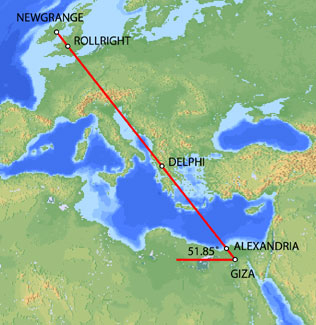




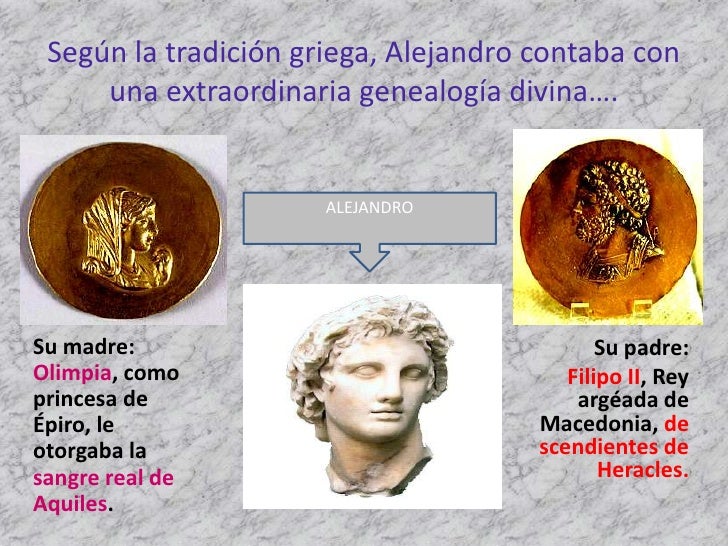
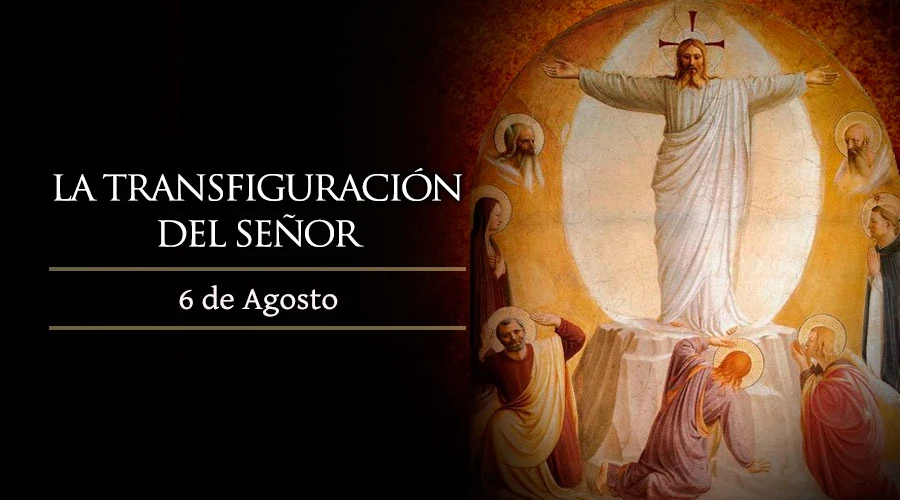



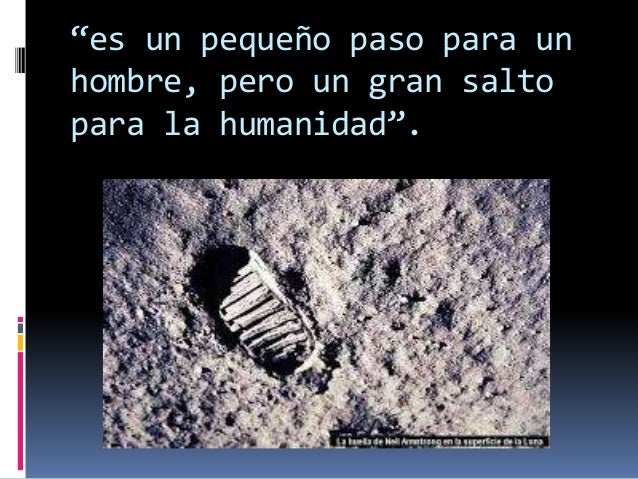



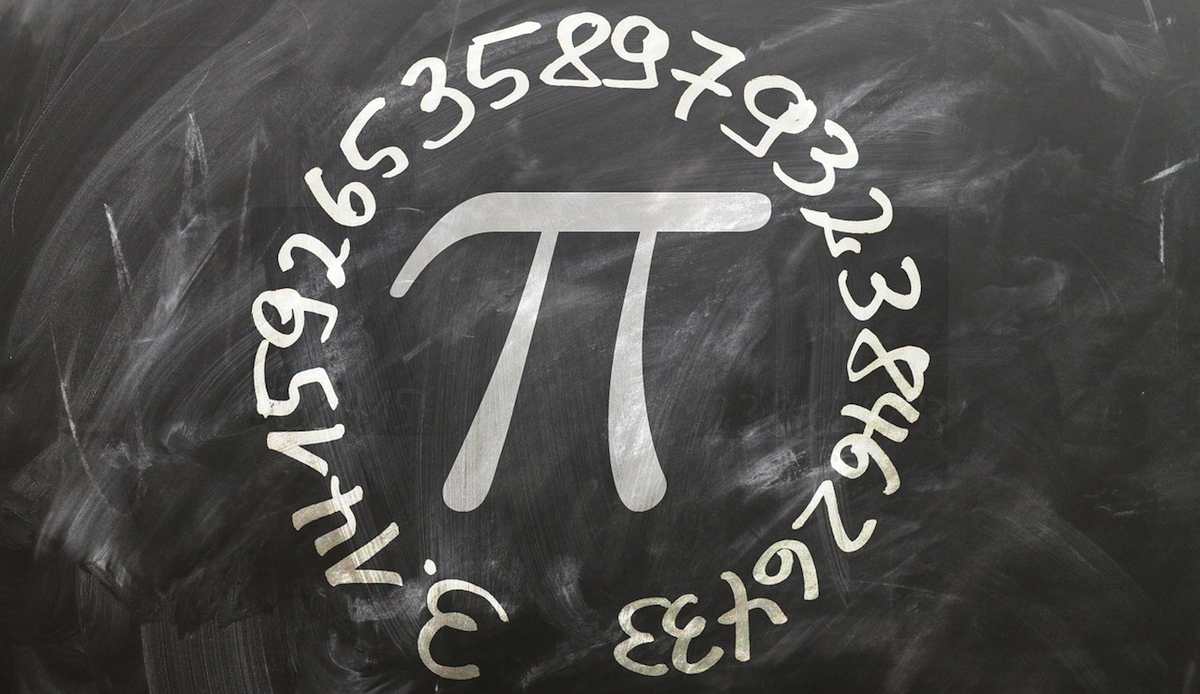



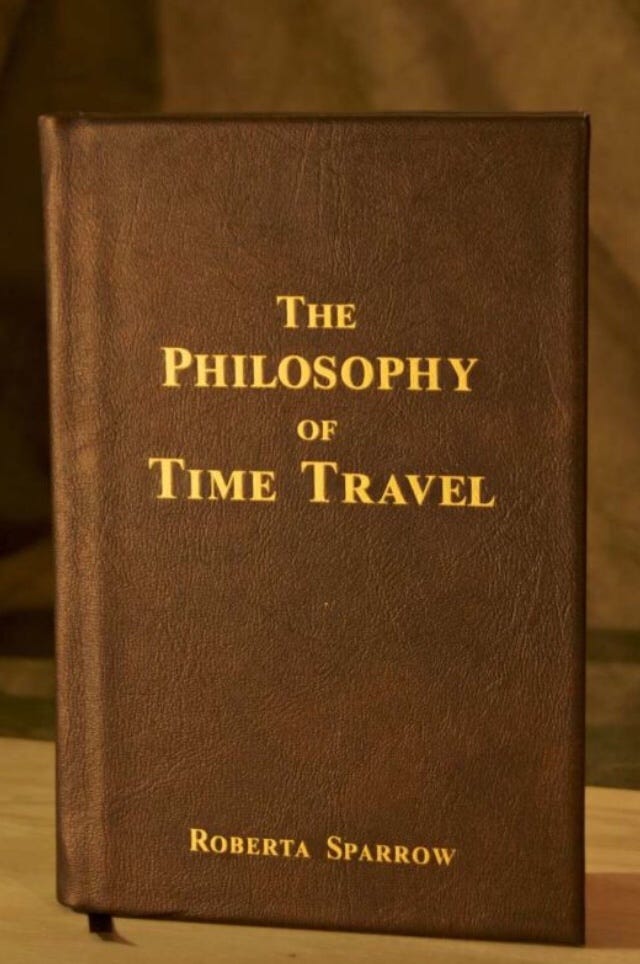


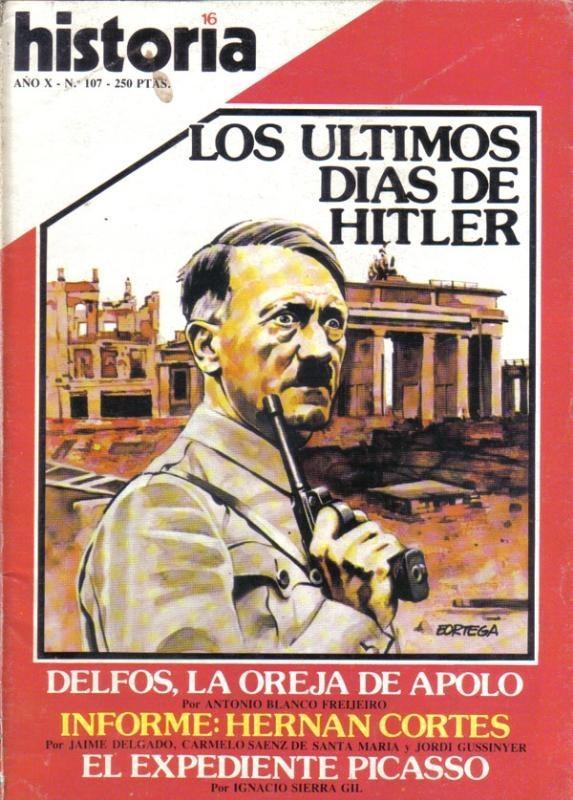
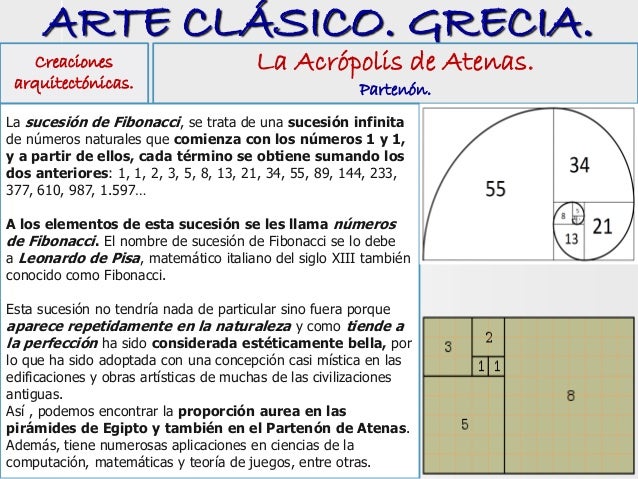
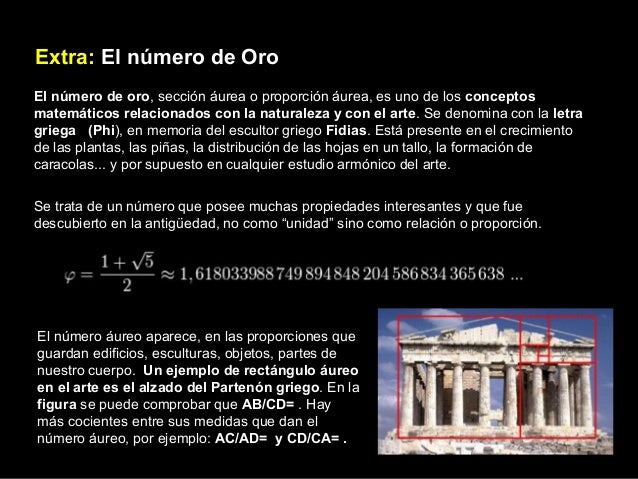

 ¿Pitonisa engulle ravioles rellenos con predicciones truchas?
¿Pitonisa engulle ravioles rellenos con predicciones truchas?
